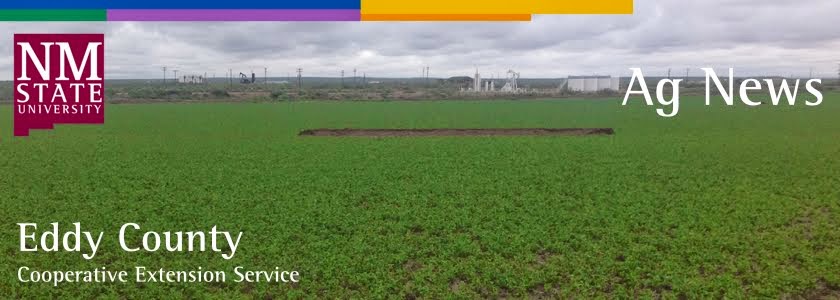Press Release
Establishing the National Bioengineered Food Disclosure Standard
WASHINGTON,
Dec. 20, 2018 — U.S. Secretary of Agriculture
Sonny Perdue today announced the National Bioengineered Food Disclosure
Standard. The National Bioengineered Food Disclosure Law, passed by Congress in
July of 2016, directed USDA to establish this national mandatory standard for
disclosing foods that are or may be bioengineered. The Standard requires food
manufacturers, importers and certain retailers to ensure bioengineered foods
are appropriately disclosed.
“The National
Bioengineered Food Disclosure Standard increases the transparency of our nation’s
food system, establishing guidelines for regulated entities on when and how to
disclose bioengineered ingredients. This ensures clear information and labeling
consistency for consumers about the ingredients in their food,” said Secretary
Perdue. “The Standard also avoids a patchwork state-by-state system that could
be confusing to consumers.”
The Standard
defines bioengineered foods as those that contain detectable genetic material
that has been modified through lab techniques and cannot be created through
conventional breeding or found in nature. The implementation date of the
Standard is January 1, 2020, except for small food manufacturers, whose
implementation date is January 1, 2021. The mandatory compliance date is
January 1, 2022. Regulated entities may voluntarily comply with the Standard
until December 31, 2021.
USDA’s Agricultural
Marketing Service (AMS) developed the List of
Bioengineered Foods to identify the crops or foods that are
available in a bioengineered form throughout the world and for which regulated
entities must maintain records. The records will inform regulated entities on
whether the food must have a bioengineered disclosure to be communicated to
consumers. Regulated entities have several disclosure options: text, symbol,
electronic or digital link, and/or text message. Additional options such as a
phone number or web address are available to small food manufacturers or for
small and very small packages.
The implementation
of the Standard concludes a rulemaking process begun in July 2016. AMS gathered
information needed to develop the National Bioengineered Food Disclosure
Standard and program, in part, through a public comment period. More than
14,000 comments were received and taken into consideration during the
rulemaking process. Prior to this, AMS received over 112,000 comments in
response to 30 questions provided on the AMS website regarding establishment of
the Standard.
The final rule will be
published in the Federal Register on December 21, 2018. Following publication
of this rule, USDA will provide outreach and education to inform regulated
entities and the public about the new disclosure terms. The entire record of
the rulemaking is available at www.federalregister.gov/documents/2018/12/21/2018-27283/national-bioengineered-food-disclosure-standard

